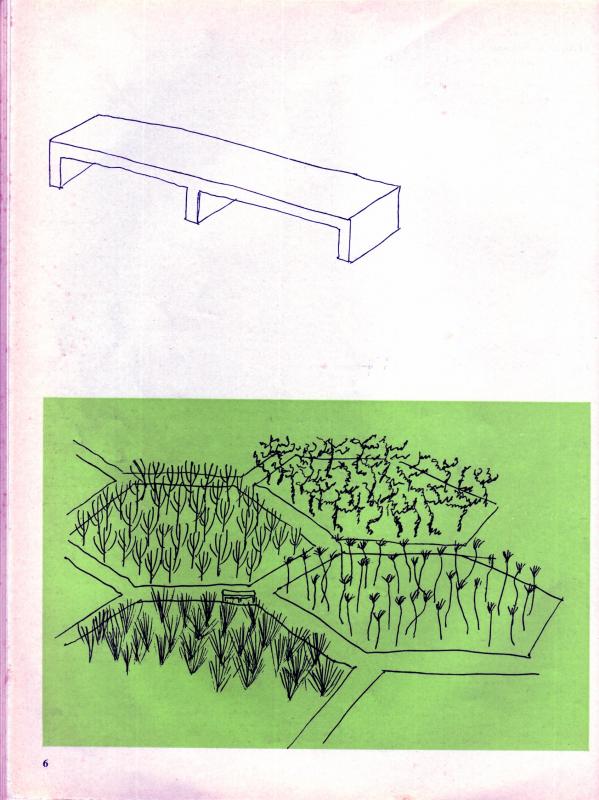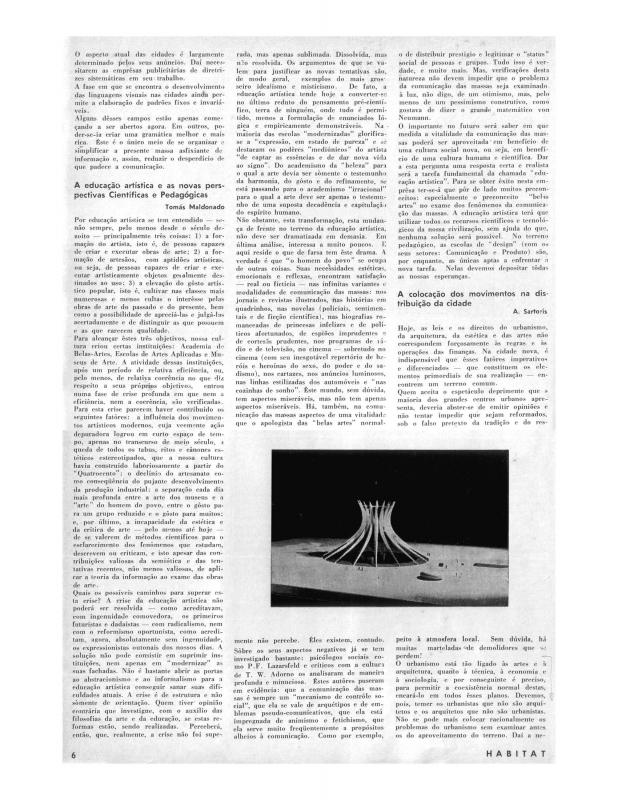Italian theorist Gillo Dorfles played an important role in the affirmation of an industrial aesthetic that was linked in particular to the development of the Concrete art movement, which reached its apex during the 1950s. In this talk—given at a conference in Brasilia in 1959—he defended an axiology based on the value of industrial objects and their ability to generate transformation in cities and in the very idea of art.
The Congresso Internacional Extraordinário de Críticos de Arte took place in Brasilia, São Paulo and Rio de Janeiro from September 17?25, 1959 along the theme of “A cidade nova, síntese das artes” [A New City, Synthesis of Arts], which had been previously proposed by Mário Pedrosa. The presentations offered by critics and architects from various parts of the world produced debates and controversies on art and architecture in Brazil. Critics Herbert Read and A. Sartoris, architect and urban planner Lúcio Costa, and Brazilian artists Theon Spanudis and Fayga Ostrower contributed to the summary presented at the 7th session of the conference (under the title “Educação artística”).
Polymath Mário Pedrosa (1900?81) was one of the principal organizers of the 1959 conference in the new capital of Brazil. He was a leftist radical, art critic, journalist, and professor, and undoubtedly one of the most influential scholars of Brazilian art history. He served as director of the MAM-SP (Museu de Arte Moderna de São Paulo) from 1961?63; he was a founding member of the Associação Brasileira de Críticos de Arte (affiliated with AICA) and he played a key role in the organization of the International São Paulo biennial during its initial years (1951?63). [See the ICAA digital archive for his 1959 speech: “Lições do congresso internacional dos críticos” (doc. no. 1086667)].
In connection with the Congresso Internacional Extraordinário de Críticos de Arte, see also Tomás Maldonado’s response, which highlights the need to strengthen the pedagogy of arts connected to industry, in “A educação artística e as novas perspectivas científicas e pedagógicas” (doc. no. 1110401), as well as the text by Meyer Shapiro, “A pintura e a escultura no coletivo urbanístico e arquitetônico” (doc. no. 1110403), who proposed art created from an interdisciplinary approach.



